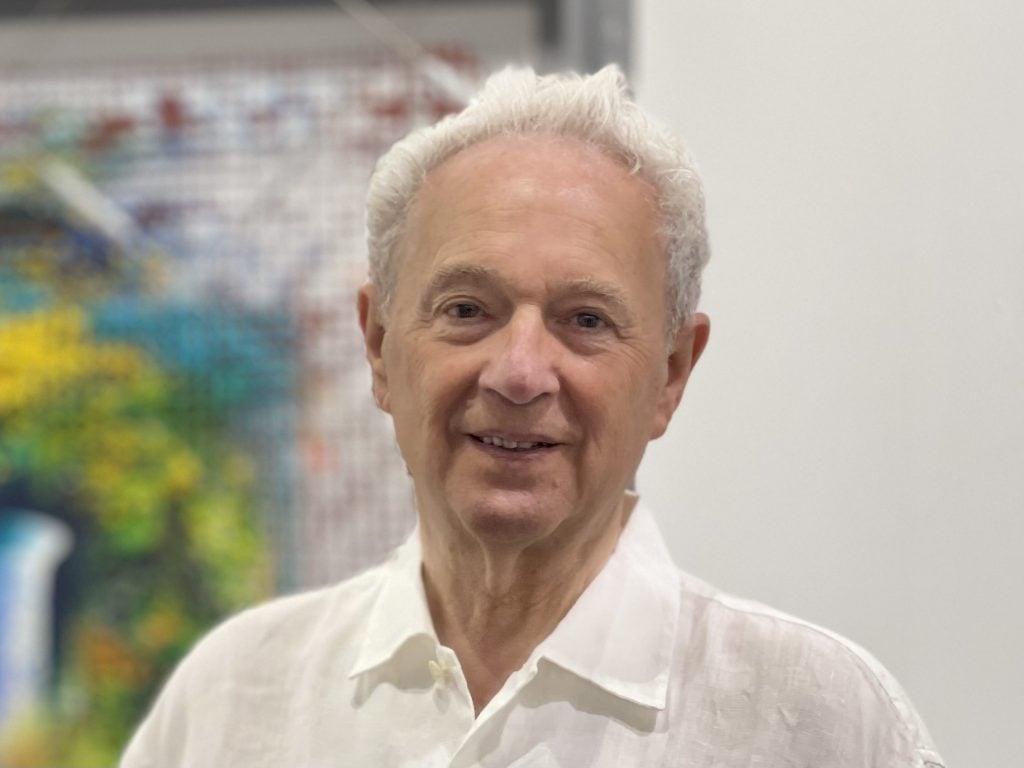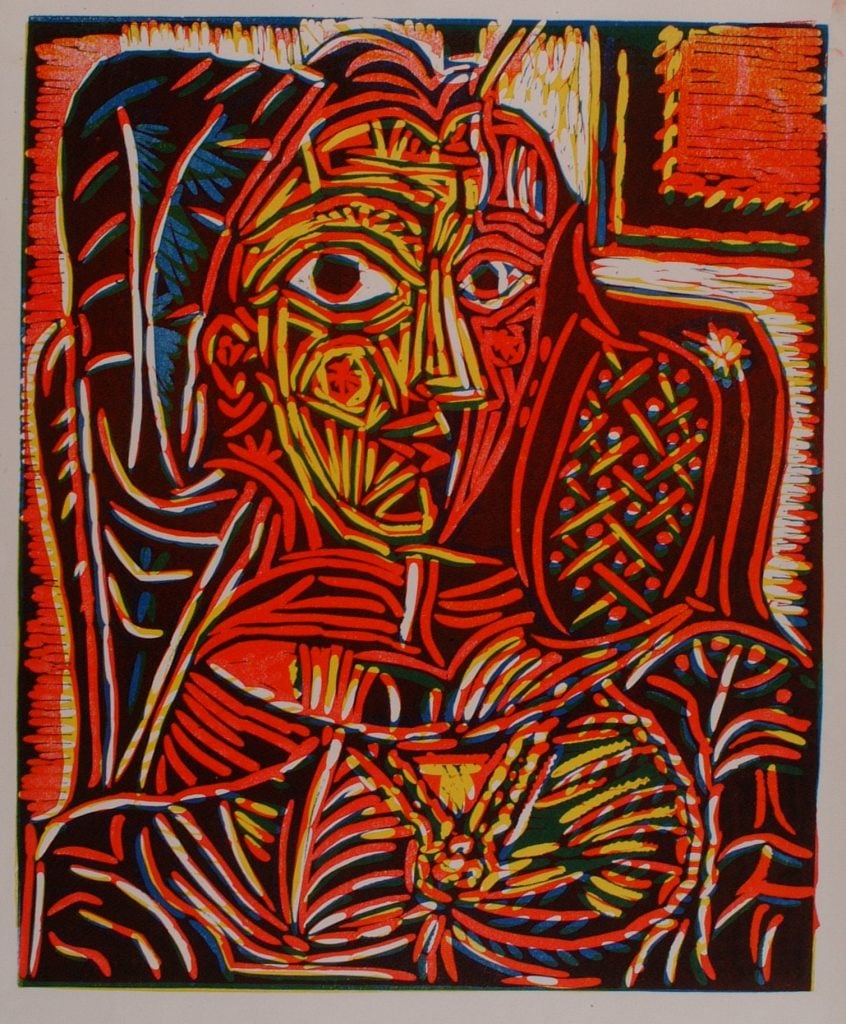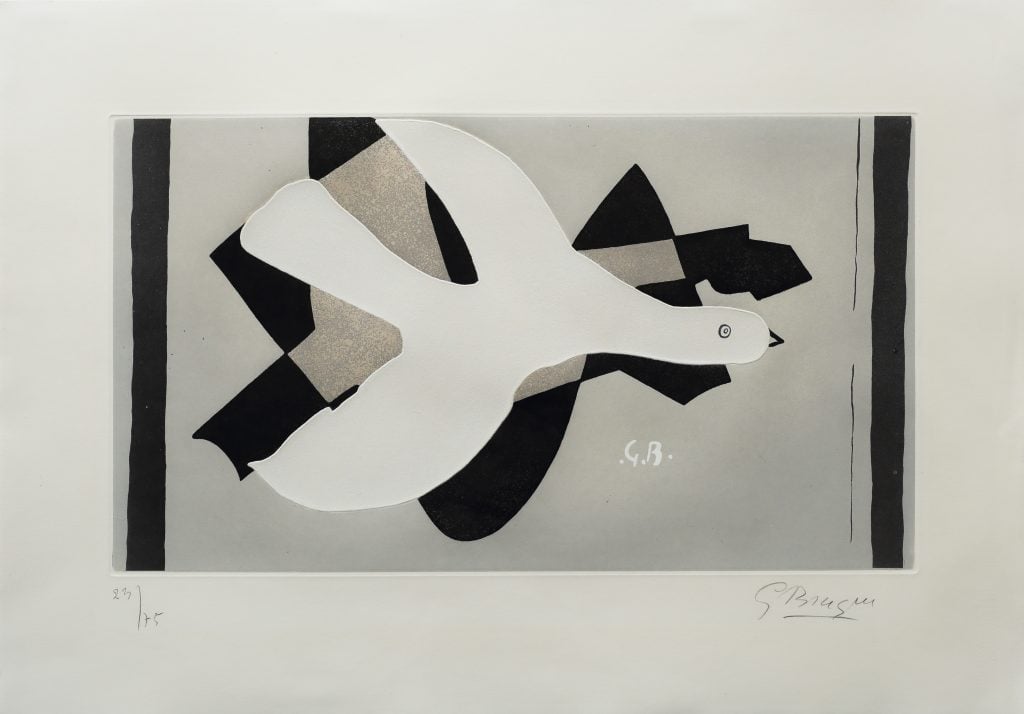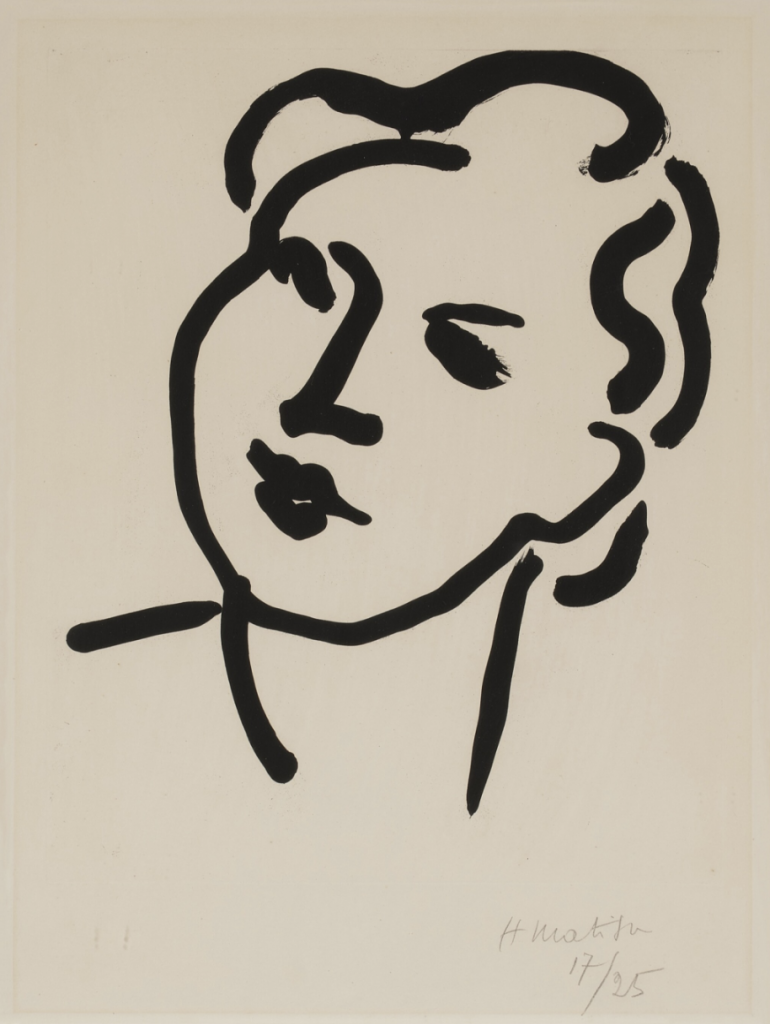Gallery Network
Storied Dealer Bernard Jacobson Thinks the Art World Is at an ‘All Time Low’—But He’s Holding Out Hope
Bernard Jacobson reflects on his friendship with David Bowie and the musician's 'love affair' of art.

Bernard Jacobson reflects on his friendship with David Bowie and the musician's 'love affair' of art.

Artnet Gallery Network

Gallerist and dealer Bernard Jacobson, who helms his eponymous Bernard Jacobson Gallery in London’s Soho neighborhood, has more than 55 years of experience working with contemporary art, working and exhibiting some of the most iconic and iconic names from the last century, including Robert Motherwell, Henri Matisse, and Pierre Soulages, just to name a few.
While Bernard Jacobson Gallery is widely recognized for its specialty in the publication and distribution of artist prints—by artists ranging from Lucian Freud and David Hockney to Ed Ruscha and William Tillyer—Jacobson himself is an expert in the major movements of the 20th century, which has led him to continually reflect on the art of the 21st century. This area of interest was shared with one of Jacobson’s close friends, none other than English singer-songwriter and musician David Bowie.
With questions about what’s next for the art history books perennially being brought up, we reached out to Jacobson to learn more about what he thinks about 21st-century art—and what he remembers Bowie thinking about it too.

Pablo Picasso, Portrait de Jacqueline au Fauteuil (1958). Courtesy of Bernard Jacobson Gallery, London.
Discussions around what and when there will be an “art of the 21st century” have cropped up routinely over the decades. What are your thoughts on the matter?
From the 200 years of the Renaissance, we can name a dozen or more artists, from Piero della Francesca and Botticelli through to Michelangelo, Leonardo, Raphael, Giorgione, Bellini, and Titian. Perhaps scholars could name a hundred. From probably the greatest period in art history, a list of maybe 100 names survives. I think it is accepted that these artists were geniuses. How is it that there are today more geniuses than that in New York alone in this century?
Barely a day goes by without some big gallery announcing representation of another new name. That’s the dilemma—should all these artists, plus many more from this period, continue to survive in the story? Or should they be forgotten?
The world population has grown in the past seven centuries. This ratio of artists to population continued for a few hundred years, perhaps to the Impressionists. Truly great artists who changed our vision of the world who take us up to the 20th century, or in Claude Monet’s case, up to his death in 1926.
Before Monet’s death, three art giants appeared in Paris: Henri Matisse, Georges Braque, and Pablo Picasso. Many others quickly joined them, modern giants such as Marc Chagall, Joan Miró, Amedeo Modigliani, Marcel Duchamp, Piet Mondrian, Wassily Kandinsky, Fernand Léger, Juan Gris, and more.
Paris in the 1940s was on its knees. Matisse, Braque, and Picasso retained their position. But across the sea, some young men—intelligent, talented, and angry—attempted to shift the center of energy from Paris to New York. Mark Rothko, Robert Motherwell, Jackson Pollock, Willem de Kooning, and others invented Abstract Expressionism. In a few years, it dominated the art world. They had won!
Then new artists challenged these heroes. Andy Warhol, Tom Wesselmann, Roy Lichtenstein, Robert Rauschenberg, Jasper Johns, then hundreds more brought us Pop art. Donald Judd, Carl Andre, and Dan Flavin introduced Minimalism, and Jules Olitski and Kenneth Noland gave us Color Field Painting. There were also, Op Art, Land Art, Photorealism, and many others. Most found a market in the 1960s. How many of these hold the public’s interest now?
From then on, the art world took itself seriously and it took money seriously. We were left with art and money. There are no major critics, no Clement Greenberg or Harold Rosenberg. So now, we have the “genius,” Jean-Michel Basquiat, whose prices are equal to the giants of yesterday. Is Basquiat a great artist because his price structure says so? Or not?
In the previous century, we already had been given Fauvism and Cubism but in the 24 years of this century, we have been given artists of color and women artists, hopefully in time they will justly be given their place in history. But these are not formal developments in art, they are political causes. Kerry James Marshall is a major artist. Unknown to me until I saw the exhibition at the Metropolitan Museum of Art eight years ago. I was so struck by the work that I went back every morning. His paintings ring as true as Vincent van Gogh or Paul Gauguin and for that reason, he should survive in the story of art, from cave painting until now. Actually, I am devoting a lot of my time to studying cave painting. That certainly puts things into perspective!

Georges Braque, L’oiseau et son ombre III (1961). Courtesy of Bernard Jacobson Gallery, London.
Can you tell us about how you knew David Bowie?
David Bowie visited my gallery whenever he was in London, to buy sculptures by Glynn Williams. We became close friends. He would always say he couldn’t stay long but always stayed for hours. The “Bowie ashtray” was put out for him. He was an avid learner who kept up with new music and art. When he came to our house, [my wife] Karin would stay up until 11, but he and I continued for hours after. He was passionate about art and wanted to understand everything. It was a kind of love affair; we loved sharing our attitudes and passions.
He got to know the works of another artist I represent, William Tillyer. Once he showed me the artwork for his next album and said it was inspired by Tillyer’s painting. During one visit, David kept staring at the new Tillyer in my office. The Bowie ashtray was already full, and the coffee poured endlessly. I got anxious. I wanted the painting at home. Suddenly David said, “I’ll buy that painting!” I loved the painting, although David loved it too. I said it was mine and he replied the place was a shop. That was my kind of language, still, I loved that painting. He made it awkward for me. He kissed me, hugged me, then got a little mean and possessive. I couldn’t imagine a better home for the painting, other than my home. I said I would gift it to him. He was hurt by this and insisted on buying it. After David died, his collection was put up for auction. I bought the painting back.
Are there any specific trends or inclinations you’re noticing right now that you find either intriguing or exciting?
I very rarely see something I like a lot. But Kerry James Marshall is someone I do. Nothing else comes to mind, that’s what drew me back to cave painting. Picasso loved cave paintings! Have things really improved in the following 45,000 years? I saw hope in many “movements,” but I’m endlessly disappointed. Like Sydney Greenstreet, I continually seek my Maltese Falcon, but if money comes before love and passion, it will not appear. I was on T.V. with David Bowie once, I said I could see the day when paintbrushes wouldn’t be used. However, more painting is being done now than ever. I wish it was good painting. I asked David to be on the board of my magazine, Modern Painters, this led David and me to form 21 Publishing. We produced books about art. The company still exists. After weeks of thinking of a name, David suggested 21. And here we are, well into the 21st century, a new dark ages. A new voice should step into the fray!
What do you see as the role of the gallerist within the art world ecosystem in shaping what art is or can be?
I just hope I will recognize the new art if I see it. It may be that I, perhaps we, should not aim for greatness. Perhaps we should aim for “good.” If that is how things are, I prefer to wait and live in hope. I think you should ask Hauser and Wirth that question, I am not as clever as them. I prefer to take Sydney Greenstreet’s position and keep seeking that black sculpture.

Henri Matisse, Nadia au visage rond (1948). Courtesy of Bernard Jacobson Gallery, London.
How does your consideration of recent art history inform or influence what and whom you show at your gallery?
The gallery’s artists are: Cézanne, Braque, Picasso and Matisse, Moore, Francis, Motherwell, William Tillyer, Patrick Caulfield, Robert Dukes, Marc Vaux, Bruce McLean. I would like to add a young artist.
Can you tell us about the next exhibition that will be on view at the gallery? What type of works will be shown, and what do you consider some of the highlights?
The exhibition is prints by Picasso, Braque, and Matisse. The reason for the exhibition is that we are at an all-time low. It is a back-to-basics exercise. If we look at these three giants, we may be able to build wisely.
Learn more about Bernard Jacobson Gallery, London, here.
